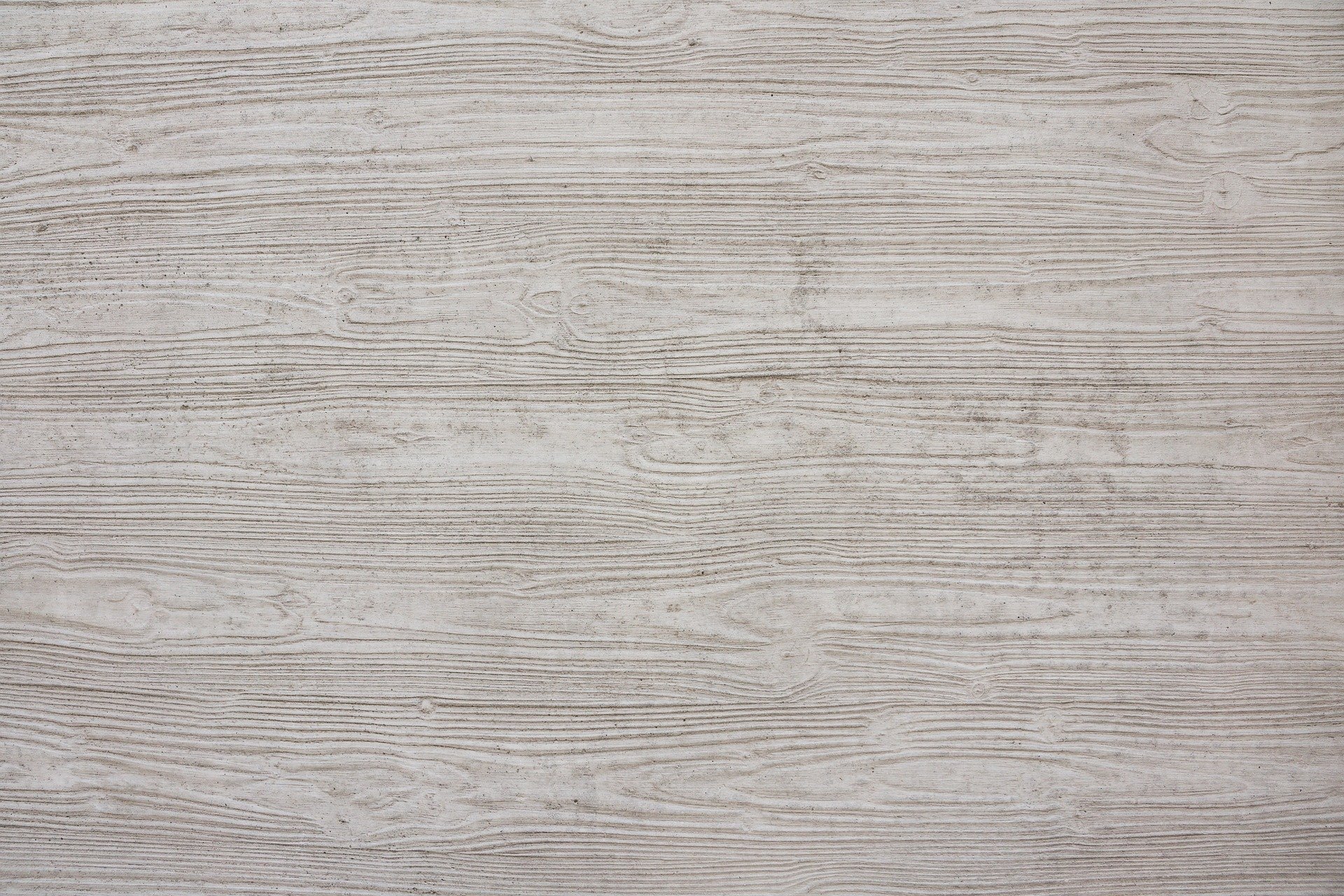
Concrete is considered an environmentally unfriendly building material. Since in many cases there is no viable alternative, scientists from Austria have come up with something else. They have developed a concrete that produces a quarter less CO₂ during production.
In order to research how the eco-friendly alternative performs in practice in comparison to conventional concrete, the scientists, together with the Austrian Federal Railways and a construction company, built a wildlife tunnel for smaller wildlife at a railway line. The right side was made with eco-concrete, the left side with ordinary concrete. Each concrete section – foundation, ceiling, walls – was made according to this layout.
“This enables us to directly compare the types of concrete,” explains Joachim Juhart from the Institute for Materials Research and Building Materials Science at the Graz University of Technology. Back in 2016, he tested various formulas for eco-concrete for their durability and strength in the laboratory. As a pioneer in the field of sustainability, ÖBB-Infrastruktur AG has now put this concept into actual practice. The transport company also intends to use this concrete in larger projects.
“As a company in Austria, we do the most when it comes to protecting the environment. The ÖBB does not only want to transport people and goods safely and in an environmentally friendly manner, but also to plan and build in a sustainable and environmentally friendly way and thereby make an active contribution to protecting our environment in all respects,” says Thomas Schöfmann, Project Manager of ÖBB-Infrastruktur AG.
Testing mixtures
Numerous development steps were necessary in order to meet the standardised quality and safety criteria. Juhart and his research group, in cooperation with Wopfinger Transportbeton, first tested the suitability of the materials to be used in the mixture in the laboratory. Conventional cement was supplemented with so-called “eco- and micro-fillers”. These are secondary raw materials and rock flour. They also examined various multi-component mixtures blended together. Two mixtures were shortlisted. Small-scale tests in the field finally yielded the optimum formula. This was scaled up in Wopfinger Transportbeton’s mixing facility and tested according to a specially prepared “verification concept for CO2-reduced concrete”.
Gamechanger
All requirements for the properties of the concrete, such as processability, strength and especially durability, were checked by Wopfinger Transportbeton and the Graz University of Technology during the development of the composition. Lastly, the project partners, together with the construction company Porr, developed a “concrete assessment concept”. This defines all necessary provisions for the concrete work, including quality assurance and hardening of the concrete.
Casting of the concrete wildlife tunnel was completed in May. Two test walls were also erected in the immediate vicinity of the structure. These are used by researchers at TU Graz to observe such factors as moisture content, temperature development or corrosion potential over a sustained period of time.
The technical director of the Wopfinger ready-mixed concrete division, Franz Denk, is pleased that “the work with the eco-concrete went just as smoothly as with conventional concrete”. According to him, eco-concrete stands a good chance in the market: “The construction sector must also do its bit for a climate-friendly future. And with eco-concrete, we now have a wonderful alternative in our range – with the potential to become a gamechanger.”
Also interesting: The recipe for CO2-free cement

